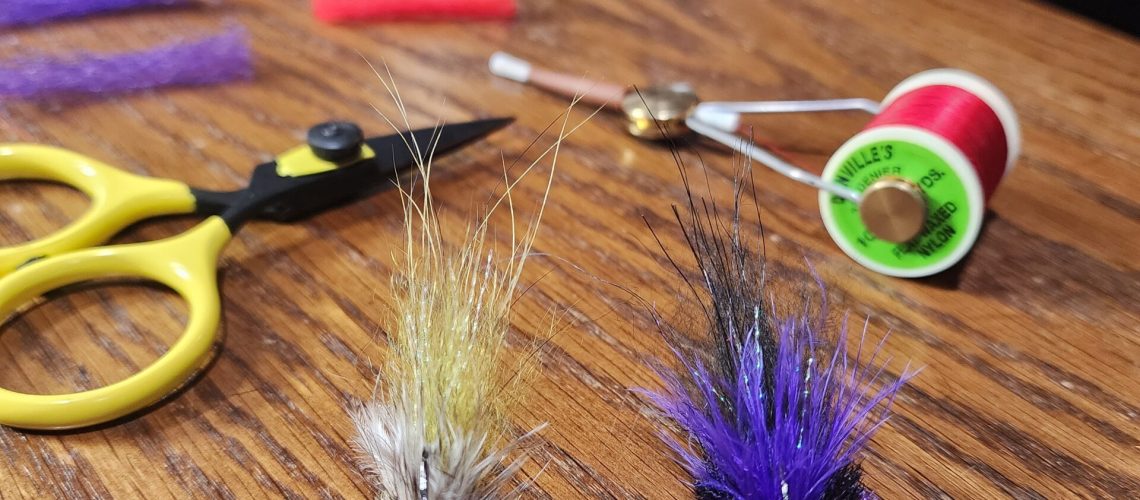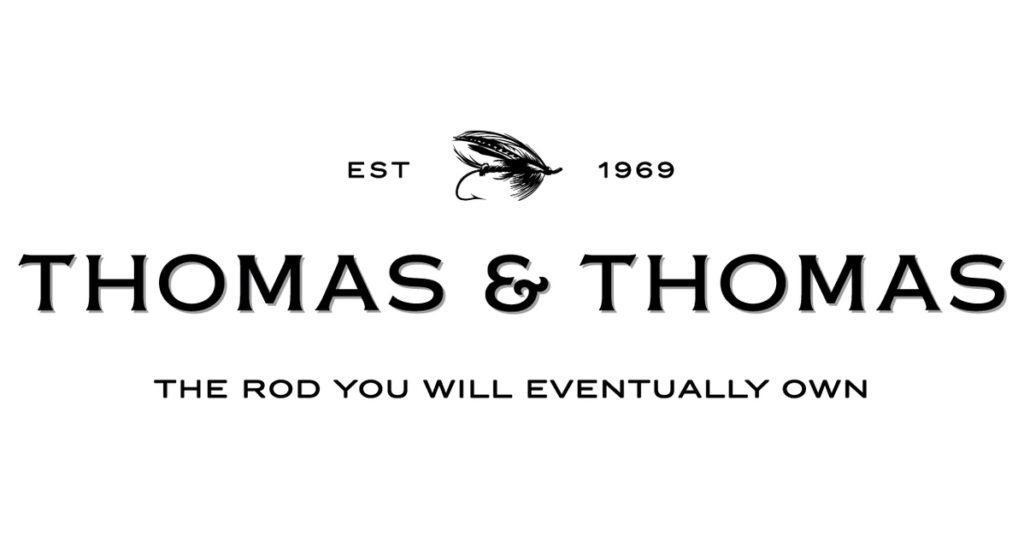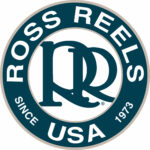In Pinellas County, fishermen gear up for the exciting pursuit of redfish. Designing flies tailored to the local habitat can significantly enhance your chances of a successful catch. In this guide, we’ll explore the art of crafting flies for these reds with a focus on shrimp and crab patterns.
Understanding the Local Habitat
Pinellas County’s diverse estuarine environments provide an ideal habitat for redfish fishing. These areas are rich in various types of forage, with shrimp and crabs being primary targets for redfish. Understanding our local ecosystem is the first step in designing effective flies.
Shrimp Patterns
Shrimp patterns are a staple in the fly fishing arsenal, mirroring the primary forage of these prized game fish. So when you’re designing shrimp flies, consider using materials that capture the translucency and movement of real shrimp. Materials like light-colored feathers, synthetic fibers, and rubber legs can help achieve this realistic look.
- Material Choice: Opt for materials that imitate the natural look and feel of shrimp. Translucent materials can mimic the appearance of live shrimp in the water.
- Movement: Ensure your fly has a lifelike movement. Adding rubber legs or using marabou can help create a more dynamic appearance in the water.
Crab Patterns
Crab patterns are another effective choice, emulating the favored prey of redfish in shallow flats and mangrove-lined areas. Use materials that mimic the natural colors and movements of crabs, enhancing the realism of your fly.
- Material Choice: Use brown, olive, and tan materials to match the color of local crabs. Materials like chenille, deer hair, and synthetic fibers work well.
- Techniques: Varying your retrieve techniques, such as subtle twitches or pauses, can trigger aggressive strikes from redfish patrolling the shallows.
Adapting to Water Conditions
Experiment with different sizes and weights to match the local forage and water conditions. Pinellas County’s redfish are known for their selective feeding habits, making attention to detail crucial in fly design.
- Shallow Flats: Use lightweight materials for flies intended for shallow flats. This ensures that your fly stays in the optimal feeding zone without sinking too quickly.
- Deeper Waters: For deeper areas, consider slightly heavier options to ensure your fly reaches the desired depth. Adjusting the weight of your fly can make a significant difference in its effectiveness.
Observing Redfish Behavior
Understanding the behavior of redfish in Pinellas County is key to successful fly design. Observing local patterns and adapting your flies accordingly will increase your chances of enticing these powerful and elusive game fish.
- Local Patterns: Pay attention to the feeding habits and movement patterns of redfish in different areas. This information can guide your choice of fly design and retrieve techniques.
- Adaptation: Be willing to adapt your approach based on what you observe. Changing your fly design or retrieval method can make a big difference in your success.
Enhance Your Redfish Fly Fishing Success
Crafting flies for redfish in Pinellas County involves understanding the local habitat, choosing the right materials, and adapting to water conditions. By focusing on shrimp and crab patterns and paying close attention to the behavior of redfish, you can enhance your chances of a successful and rewarding fishing experience. Next time you’re on the water, consider these tips for a more effective approach to redfish fly fishing.













